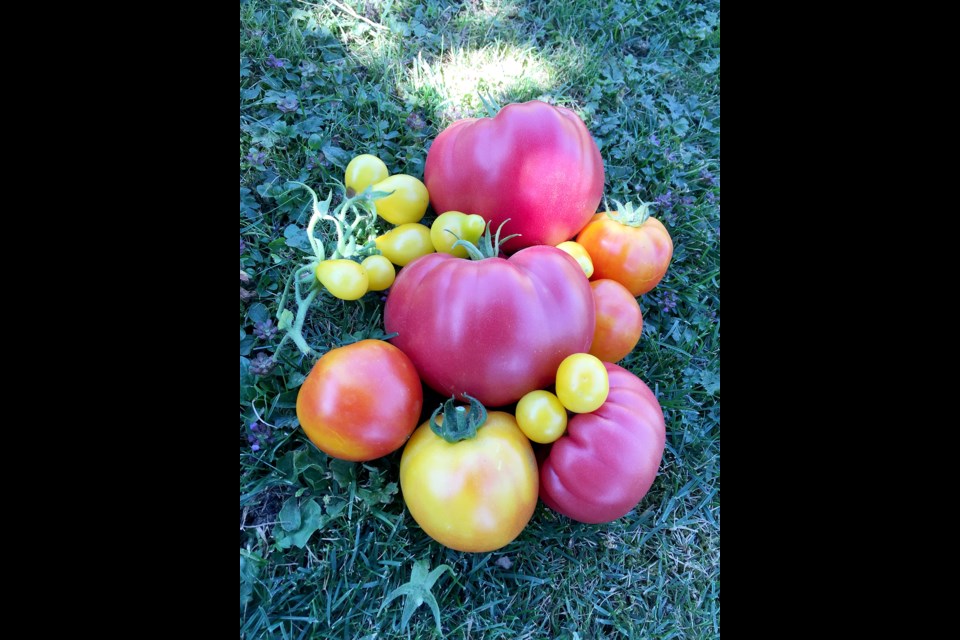One of the major concerns for so many people today is the cost of food.
Our local food banks, in particular, are not only trying to help an ever-increasing number of folks these days but are also facing much higher costs for food and it has put them in very serious situations.
For years now, we have had various “Plant-A-Row, Grow-A-Row” programs in our country where home gardeners can take fresh, clean vegetables to their community food banks and soup kitchens to help provide quality, nutritious produce.
As we are beginning to enjoy the first crops from our gardens, it would be nice to share some of this with those who rely on food banks.
Most of these services are provided by volunteers, so a phone call or visit to their websites will help you determine the best times to drop off food.
Over the summer months there is usually more local food available, but as we move into fall and winter this supply diminishes quickly, and more expensive imports are the only options for filling the shelves.
If you have any garden space at home, or access to a growing area you can use, this is the perfect time to help not only yourself and your family, but also food banks with some fall crops.
Many of our gardens are just beginning to have a few open spots for some new plantings, so it would be ideal to start some later varieties now.
The most valuable produce at this point needs to keep well and even be stored for the winter.
Root crops like carrots, beets, onions, turnips and parsnips are ideal fall and winter crops, which can be planted now for later harvesting.
Late potatoes can also still go in to make a fall crop.
It’s almost the last call for late brassicas like cabbage, cauliflower, kale, Brussels sprouts, and broccoli, but there is time.
In late August and even September we’re seeing more and more folks growing a wider range of true winter vegetables as well.
I’m sure we haven’t forgotten the “$8 head of lettuce” scenario last winter, and our gardens, large or small, can provide so much more than we think and for a much longer period.
Later plantings can be so beneficial, but we need to plant those crops soon.
Most vegetables can still be planted from seed, but you need to be quick because in Canada most of our seed supply companies must take back their unsold stock to test for the percentage of germination.
As a result, we have some of the highest quality seeds in the world.
Some garden stores still have fresh transplants for late summer and fall planting, which can save you two to three weeks in timing.
Good growing! And thank you for helping our local food banks.





